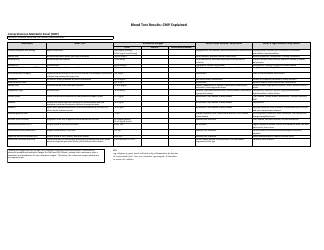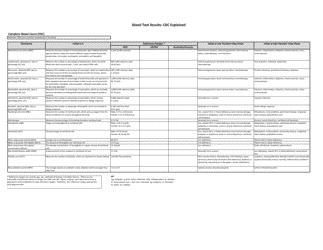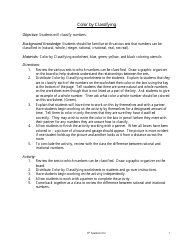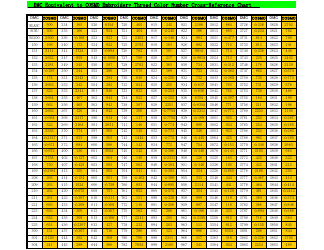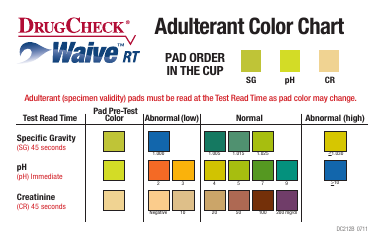Ishihara Test for Color Blindness Chart
The Ishihara Test for Color Blindness Chart is used to diagnose color blindness in individuals. It consists of colored plates with hidden numbers or patterns that people with normal color vision can see, but those with color vision deficiencies may not.
The Ishihara Test for Color Blindness chart is typically filed by ophthalmologists or optometrists during eye examinations.
FAQ
Q: What is the Ishihara Test for Color Blindness?
A: The Ishihara Test is a color perception test used to determine if someone has color vision deficiency.
Q: How does the Ishihara Test work?
A: The test consists of a series of plates with numbers or shapes made up of colored dots. People with normal color vision can see these figures, while those with color blindness may see different numbers or shapes.
Q: Who developed the Ishihara Test?
A: The Ishihara Test was developed by Dr. Shinobu Ishihara, a Japanese ophthalmologist, in 1917.
Q: What is the purpose of the Ishihara Test?
A: The test is used to diagnose color vision deficiencies, such as red-green color blindness, which is the most common type.





